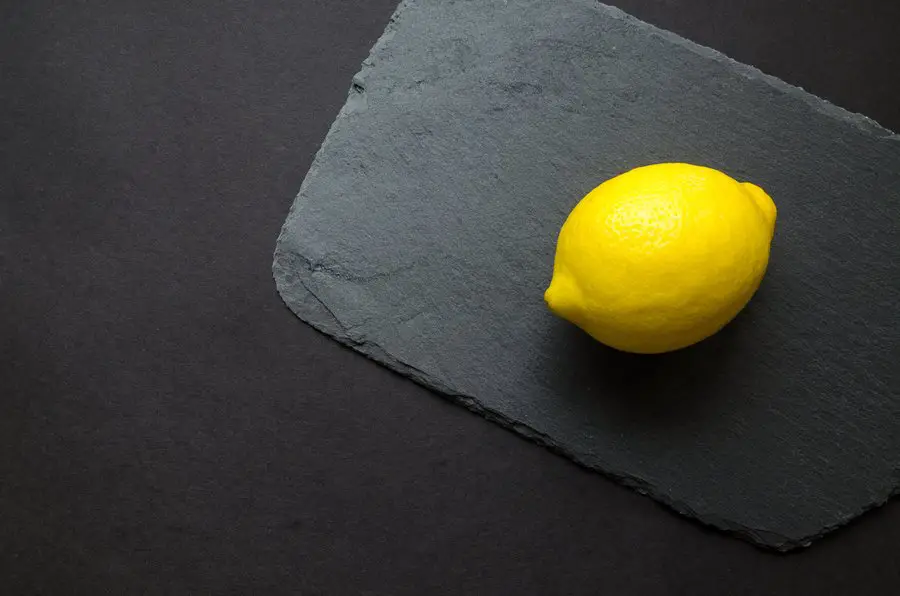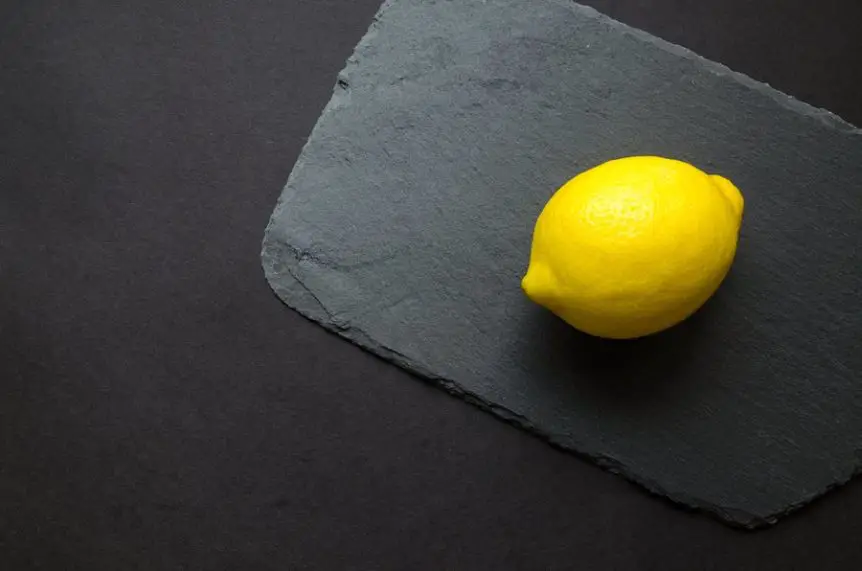
A shot of espresso arrives in a tiny ceramic cup, its dark crema gleaming. Beside it sits a thin twist of lemon peel and a glass of cool water. To the uninitiated, this trio might seem odd, but for espresso lovers, the lemon and water are key to unlocking the drink’s full flavor. This ritual, often linked to Italian coffee culture, elevates a quick shot into a sensory experience. Let’s explore the role of lemon peel and water, their murky origins, and how they enhance your espresso.
The Role of Lemon and Water
Espresso is a powerhouse of flavor—bitter, acidic, and rich with oils. Its intensity can overwhelm your palate, masking subtle notes like fruit or chocolate. The lemon peel and water act as palate cleansers, ensuring each sip feels fresh.
Biting into the lemon peel releases citric acid, which makes your mouth salivate and neutralizes lingering coffee flavors. The tartness resets your taste buds, letting you pick up nuances in the next sip. Similarly, a sip of water rinses away heavy oils and acids, rehydrating your mouth. Together, they keep your palate sharp, so no flavor gets lost from one sip to the next.
This method isn’t just about taste. It’s ceremonial, turning a quick coffee into a mindful ritual. Specialty cafés worldwide use this technique to help patrons savor the complexity of a well-pulled shot.
The Murky Origins of Lemon with Espresso
The tradition of serving lemon peel with espresso is often tied to early 20th-century Italian coffee culture, but its roots are debated. Your original article suggested Italian baristas used lemon and water to optimize the espresso experience, a practice that spread globally. However, web sources cast doubt on this narrative, suggesting the custom may not be purely Italian.
One theory links lemon to World War II, when Italians reportedly used lemon peels to sanitize cups during water shortages or to mask the bitterness of low-quality coffee brought by U.S. troops. Another claims the practice emerged among Italian-American communities in the early 20th century to soften the harshness of over-roasted beans.
Some sources, like Perfect Daily Grind, note the drink—called espresso romano or caffè al limone—is popular in Italy’s Campania region, but its name may be misleading, with no clear tie to Rome. Others argue it’s an American or French invention marketed as Italian for appeal.
Despite these debates, the practice has historical precedent in Mediterranean coffee traditions, where citrus was abundant. In Italy’s Amalfi Coast, lemon’s acidity complements espresso’s bitterness, as seen in drinks like caffè canarino. While not universal in Italy—some purists insist a perfect espresso needs no garnish—the lemon peel ritual persists in specialty cafés globally, reflecting a blend of tradition and innovation.
Lemon Peel Traditions Around the World
| Region | Drink Name | Preparation | Purpose |
|---|---|---|---|
| Italy (Campania) | Caffè al Limone | Espresso with lemon peel or juice | Balances bitterness, refreshes palate |
| United States | Espresso Romano | Espresso with lemon slice, often sugared | Enhances flavor, marketed as traditional |
| Spain | Café con Limón | Coffee with lemon juice, hot or iced | Refreshing morning or afternoon drink |
| Germany | Kaffe Zitrone | Black coffee with lemon juice, served hot | Soothes headaches, adds citrus twist |
Why the Ritual Matters
The lemon peel and water aren’t just functional—they’re part of a mindful coffee experience. In Italy, espresso is a social ritual, sipped quickly at a bar or savored with conversation. The lemon and water slow you down, encouraging you to taste each sip deliberately. This mirrors the Italian emphasis on quality, from bean selection to the perfect pull.
Today, specialty coffee shops use this ritual to elevate espresso’s complexity. Baristas might suggest rubbing the lemon peel on the cup’s rim to release its oils or squeezing a drop into the shot. Some add sugar to balance the tartness, as in the espresso romano. The water, often sparkling, cleanses your palate before the first sip, ensuring the espresso’s flavors shine.
This tradition also nods to coffee’s evolving culture. Modern trends, like single-origin beans and precise brewing, echo the attention to detail that lemon and water bring. Whether you’re at a Naples café or a New York roastery, this ritual invites you to engage with your coffee fully.
Try It Yourself
Next time you order an espresso, don’t ignore the lemon peel or water. Take a sip of water first to clear your palate. Rub the lemon peel on the cup’s rim or bite it lightly between sips. Notice how the espresso’s flavors—nutty, floral, or bold—stand out. If you’re at home, pull a shot with a quality Arabica blend and pair it with a fresh lemon twist.
This ritual transforms espresso from a quick caffeine hit into a sensory moment. Share it with friends or post your experience online with #EspressoRitual. From its debated origins to its modern revival, the lemon peel tradition adds zest to coffee culture.

